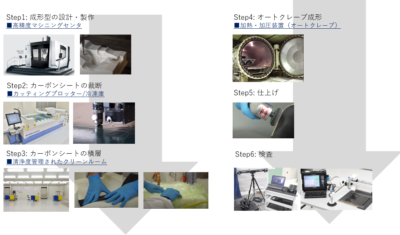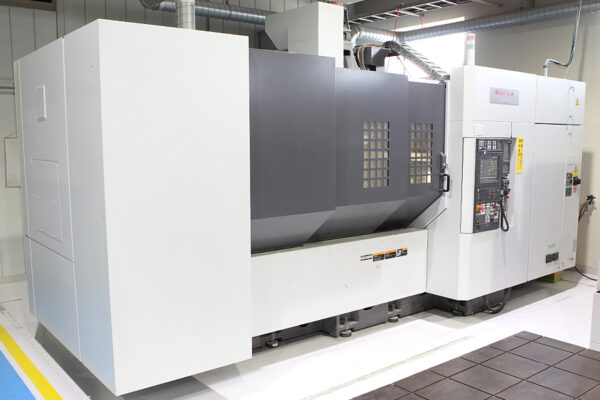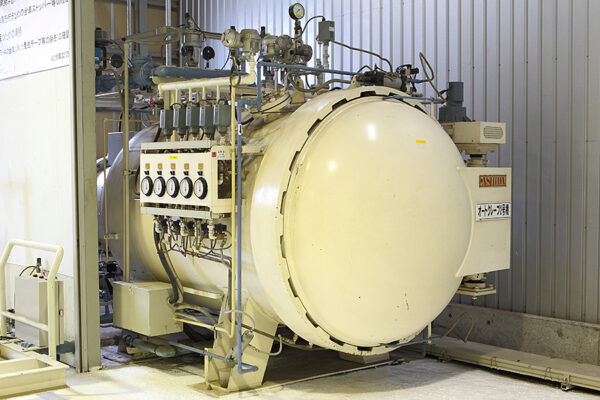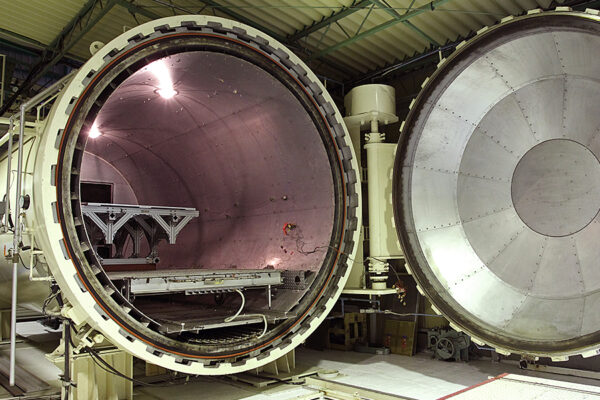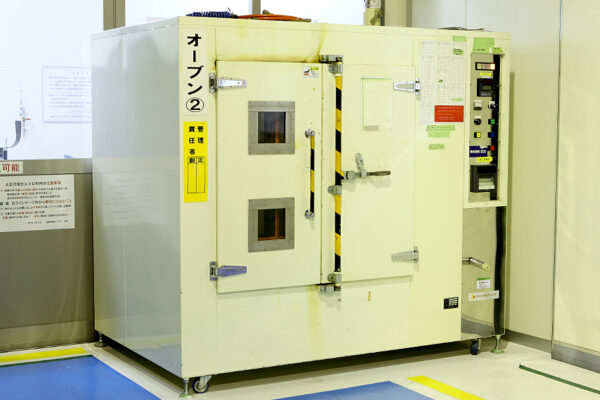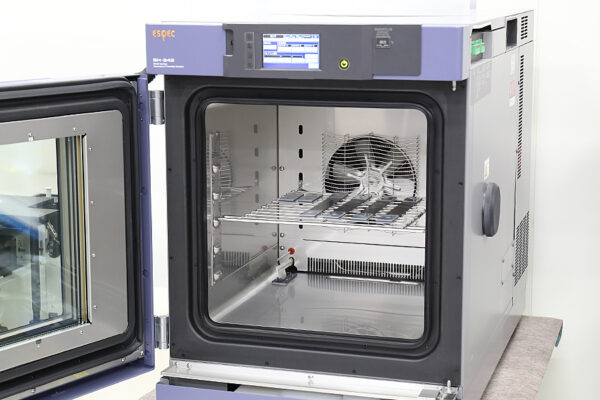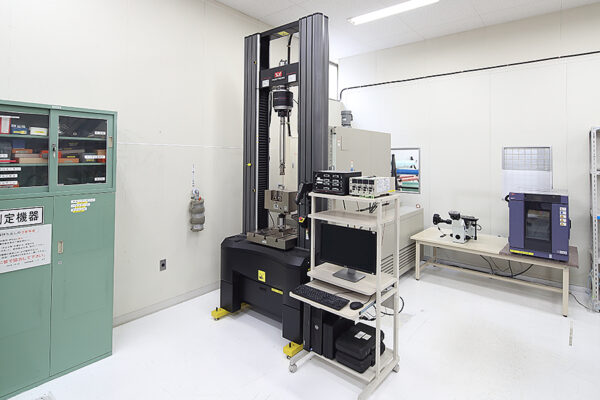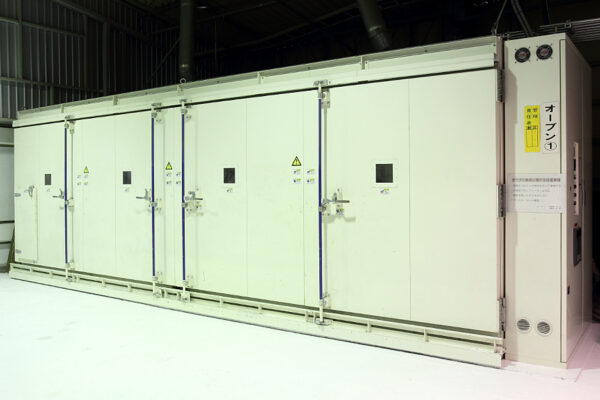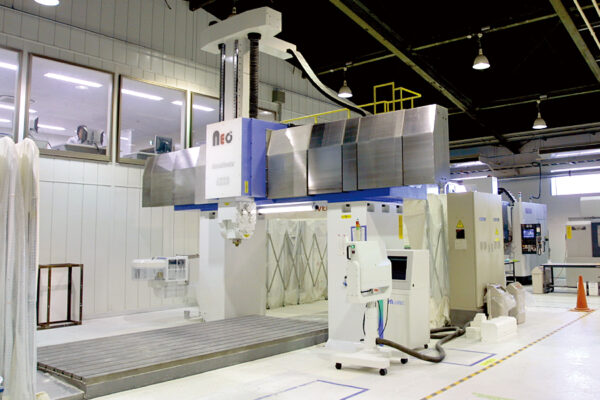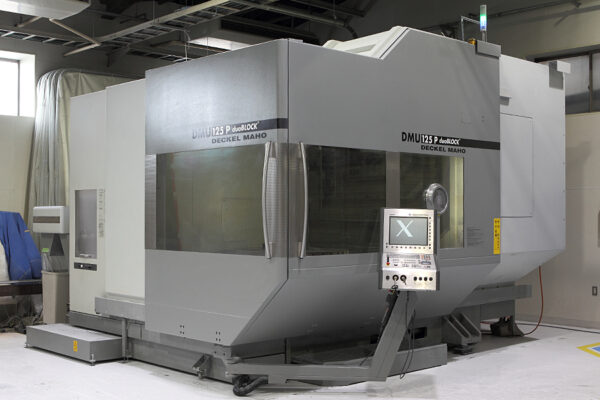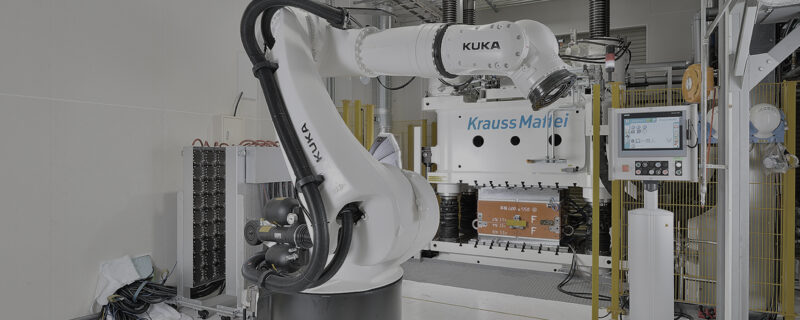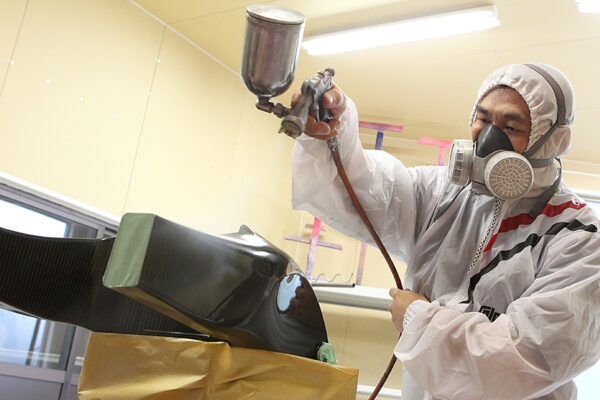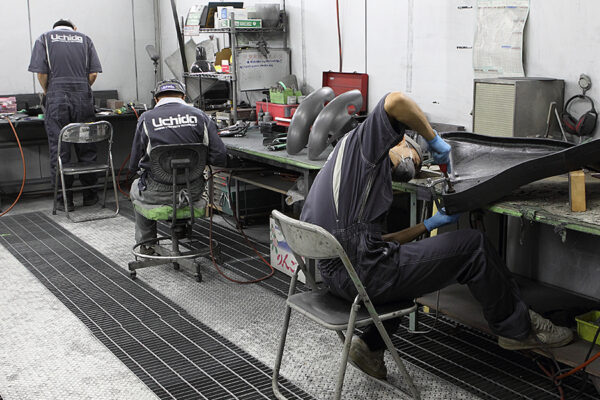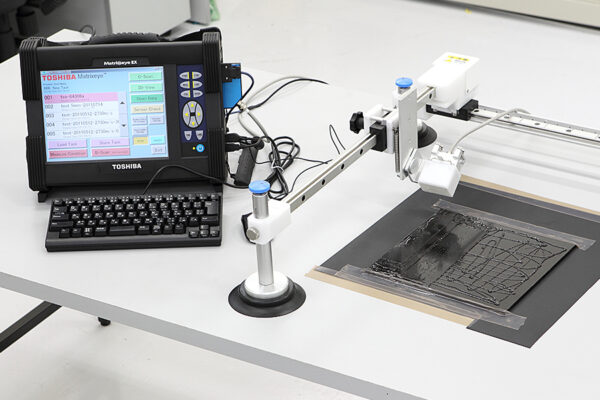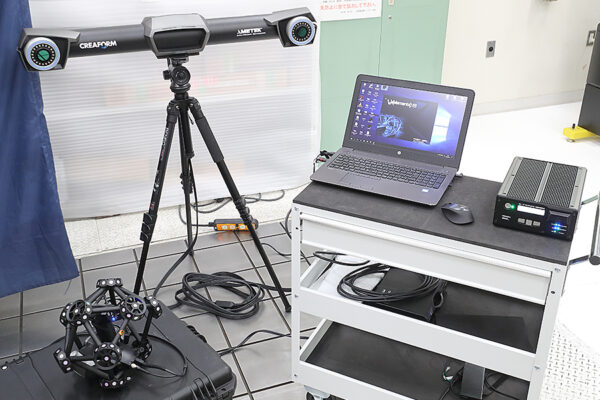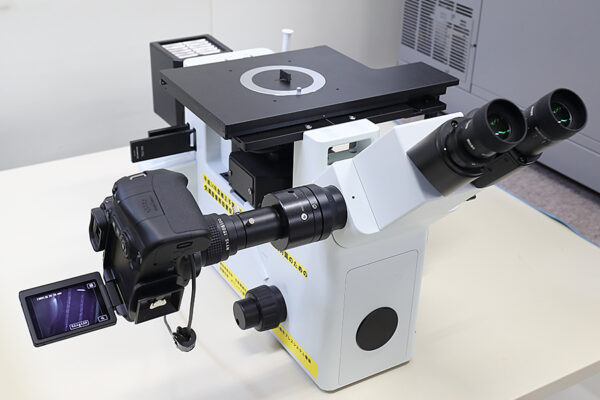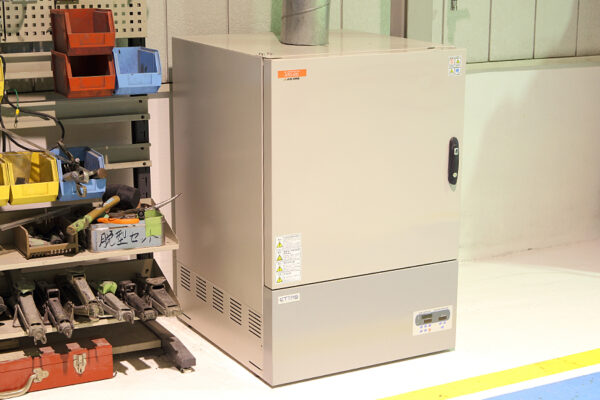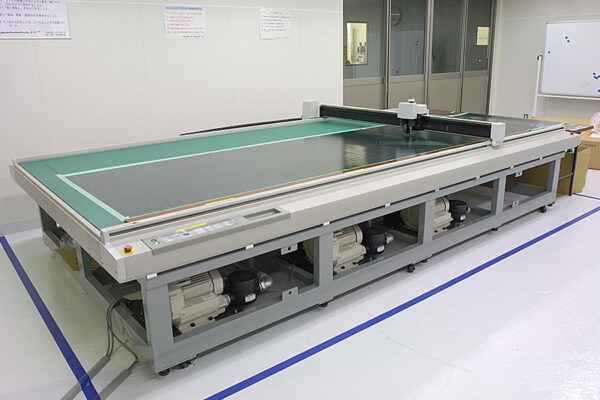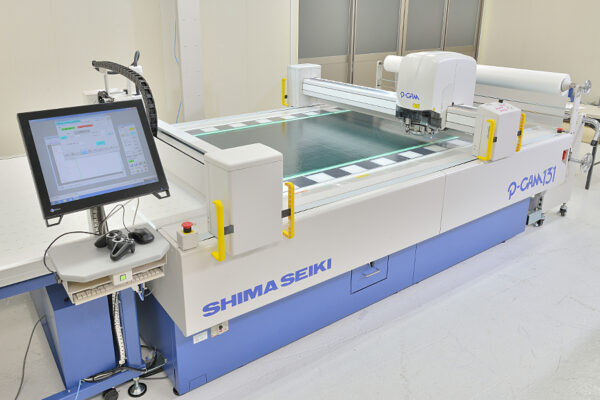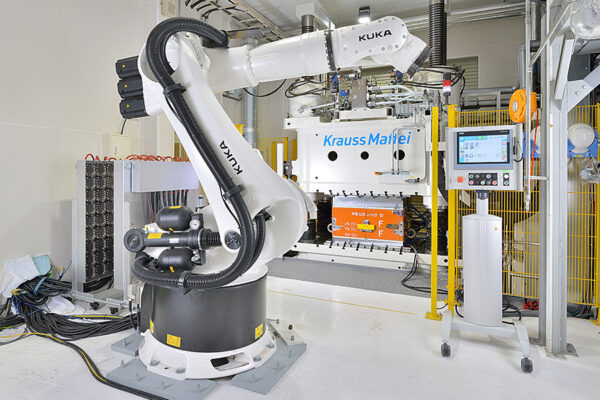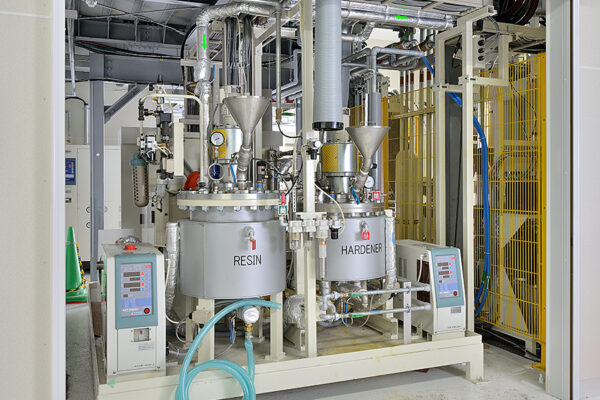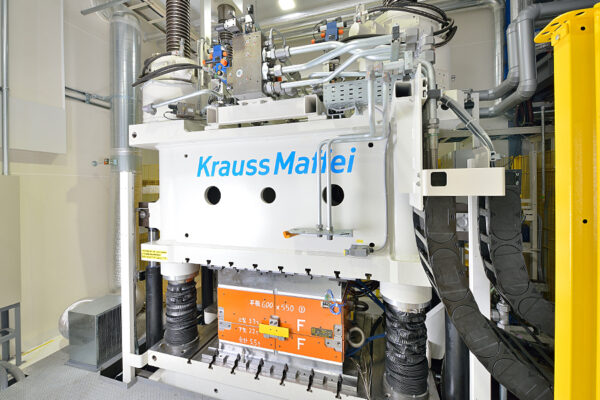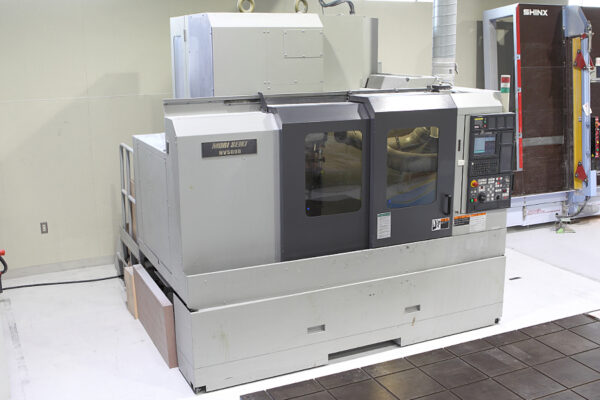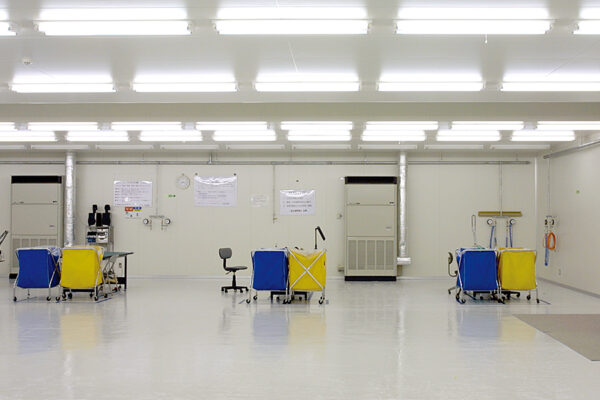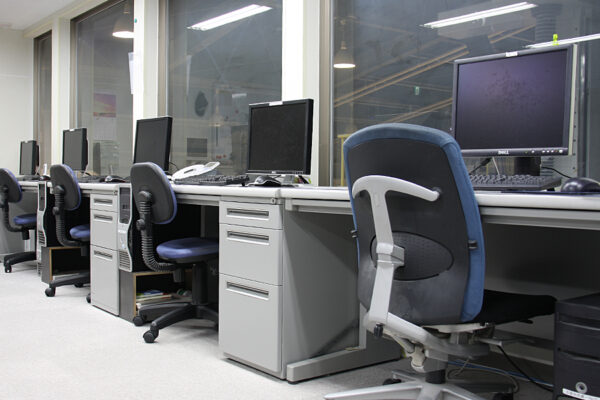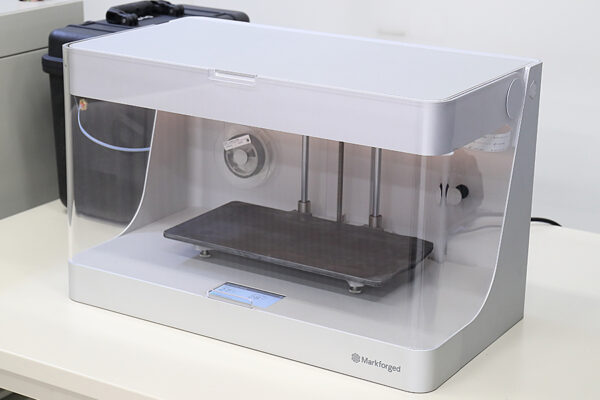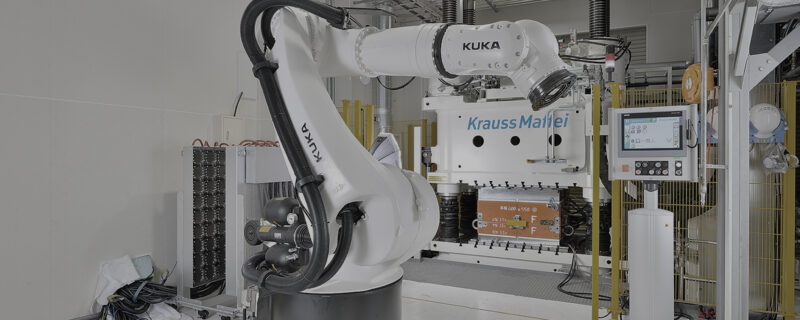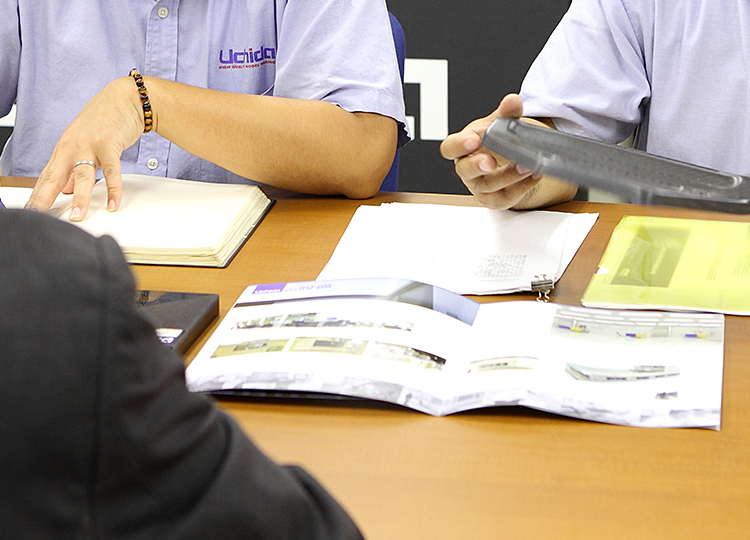Introduction
Nowadays, people are looking for weight-reduced products for various situations and purposes from improved fuel efficiency or cruising ranges in cars or aircrafts to products for everyday needs. In this issue, we will explore some methods and techniques used to reduce weight.
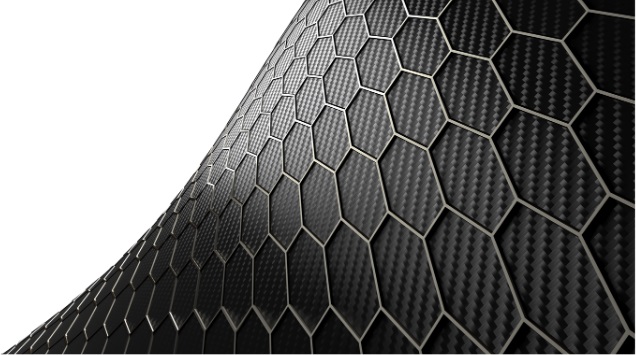
Overview
There are two methods for weight reduction: 1) weight reduction by material substitution and 2) weight reduction by structural modification. In this issue, we will delve into weight reduction by material substitution.
What is FRP?
FRP is Synonymous with Lightweight and Strong Materials
FRP (Fiber Reinforced Plastic) is a composite material produced with a polymer (resin) matrix and reinforcing fibers (typically glass fibers) to achieve high-performing and lightweight benefits with enhanced tensile strength and rigidity. As a composition of two substituents, resin and fiber, it is typically referred to as a “composite material” or Glass Fiber Reinforced Plastic (GFRP).
CFRP: The Highest Grade of FRP
Carbon Fiber Reinforced Fiber is a type of FRP that has lighter, stronger, and more rigid properties. As the name suggests, it is a plastic or polymer material that is reinforced with carbon fibers.
Advantages of FRP Composites
The Greatest Advantage of FRP is its Lightweight and Superior Strength.
FRP has molding versatility equal to resin. Unlike metals and isotropic materials, the anisotropic properties of FRP offer design flexibility that achieves varying strength/rigidity depending on the orientation of the fibers. In other words, we can add or decrease the strength/rigidity in varying directions, while maintaining the same ply thickness, according to the specifications of the product.
Compared to conventional plastic products, FRP offers various advantages including reduced material thickness, fewer structural components, and integrated architectural structures due to its increased strength. Even when compared to metals, Carbon Fiber Reinforced Plastic (CFRP) delivers exceptionally low specific gravity, high strength, and corrosion resistance.
* CFRP specific gravity of 1.5-1.7g/cm3
* Tensile strength range of 3000-7000MPa and tensile modulus range of 50-900GPa depending on the fiber used. Offers material and product design flexibility according to the specifications and requirements.
*Vibration damping properties, electrical conductivity, fatigue properties, X-ray transmission properties, and similar.
The low specific gravity and superior strength delivers significant weight reduction.
The initial letter refers to the type of fiber used; C being carbon, G being glass fibers, and A being aramid fibers. Since CFRPs are composed from a combination of reinforcing fibers and resin (plastic), they are referred to as a “composite” or “composite material”.
Manufacturing Method
CFRP is known for its many unique qualities. But what kind of manufacturing processes are used to create this fascinating product? Next up, we will introduce the general flow of autoclave molding, the golden standard method used to produce high-quality CFRP.
Summary
This issue focuses on weight reduction methods using CFRP and other forms of Fiber Reinforced Plastics (FRPs). As a highly advanced material, information on CFRP remains limited and thus hard to fully grasp. CFRP offers remarkable “lightweight, strong, and non-corrosive” advantages. Despite these, challenges in manufacturing complexity, cost reduction, mass producibility, and recyclability are yet to be fully resolved. We urge you to look into employing CFRP or GFRP with a full understanding of the drawbacks as well as the benefits.
Related useful contents
You can explore related content by clicking on a topic of interest.
ABOUT UCHIDA - 55 years since our founding
We leverage a wealth of technical expertise as a CFRP molding and processing manufacturer using FRP, GFRP, and CFRP materials. We offer a one-stop solution, encompassing design, analysis, manufacturing, secondary processing, assembly, painting, quality assurance, and testing.
UCHIDA's equipment
We have cutting-edge equipment to ensure that we can address even the most advanced challenges of our customers.
Video Library
In the following video, we provide a detailed overview of our manufacturing process. Please feel free to watch and learn more.



